
With 65% of clicks acquired via PPC campaigns, the demand of buying keywords for showcasing your business on any given platform, such as Google is become popular by the day. Moreover, for every dollar spent on ad campaigns, you earn double the amount with every click. However, spending a lot on PPC Ad campaigns for lead generation might cost you an arm and a leg, especially if your marketing and monetary efforts provide you with returns that aren’t as evident or efficient as required.
Sponsoring a PPC campaign despite considering the amount of investment you’re putting in brings in huge dividends – you get to enjoy better conversion rates with minimal cost per generated lead. However, when you assess your data, you realize you have acquired leads that neither respond to your personalized e-mails nor do they care about your brand’s product or services, per se. These leads, known as junk leads, won’t punch big numbers in your revenue or in other terms, aren’t as qualitative to bring you massive returns on your ROI.
To tackle this situation, we have mentioned ways that can help you create better ad campaigns for generating quality leads below. 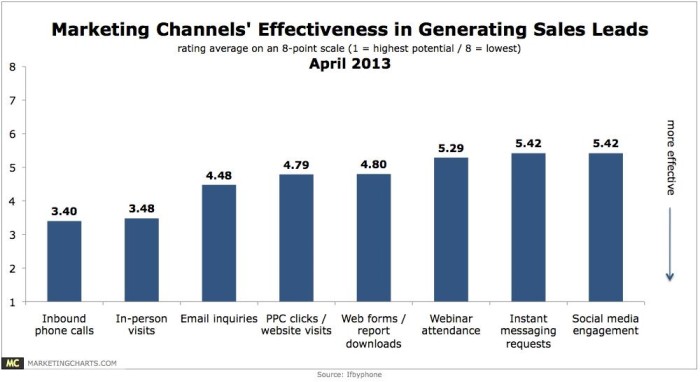
Website clicks garnered via PPC Ad campaigns help to attract an average of 4.79 clicks on an 8 point scale from data extracted in 2013
1) Create Ad Campaigns According to Buyer Personas
Most brands today, create ad campaigns that don’t do justice to the preferences of their target audience. Their ads focus on an entirety of products or services published on parameters that don’t correspond to their consumers, and therefore, provide minimal solutions.
Segment According to the Requirements of your Target Audience
- First things first – acknowledge that your target audience is seeking solutions through your brand that they prefer, not which you think are highly optimal for creating publicity. Your brand will only create waves in the target market only if you offer them with solutions that correspond to their interests, choices, and desires.
- Moreover, create ad campaigns that cater to high specifications instead of posting services out of an umbrella or bubble. Segment your ad campaigns in accordance with the necessity of the conversion process of the ecommerce funnel. For instance, do you want to generate quality leads for awareness about your brand or for sales directly?
- After clearing this out, segment your ad campaigns with relevance to its benefits and the demographics plus the psychographics of the target industry. Moreover, segregate them into sub-categories so that you can highlight their individual features accordingly.
Design Adequate Ad Copy
Similar to the semantics of your web copy, your ad copy too, should portray the same essence that people get from visiting the landing pages of your website. According to a consensus reported on 99firms.com in April 2019, your text format plays a major role in attracting leads to your website, and is therefore, the most important to date. Your ad copy shouldn’t only focus on lead generation through cheap elements for increasing click-through rates. Your ad copy should reflect the dynamics of your business as a whole, while focusing on the specifics of your campaign as well.
From mentioning the size of your business to specifying the industry you’re aiming to provide solutions to, your ad copy should constitute all details for targeting your audience. For instance, if you’re the CEO of a huge legislation enterprise, then try marketing your law firm by focusing and adding the word ‘enterprise’ in your ad copy for garnering huge results.
You can add the industry you’re concerned with, for instance, ‘legal services in healthcare’ including the geographic location and the targeted buyer persona as well. So now, you’d be using ‘legal services in healthcare for doctors or pharmacists (buyer persona).
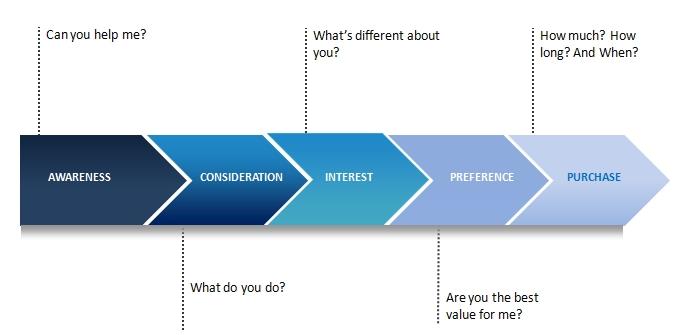
The above shown diagram depicts the true nature of a PPC Ad campaign.Consider adding these points before spending money on a tested-and-failed Ad campaign
2) Use Relevant Keywords
After deciding on a sub-category with relevance to your target industry’s preference, make sure you make use of keywords that are not only related to your brand, but are also highly focused and popular in search queries.
Search Relevant and Targeted Keywords
- Make use of free keyword searching tools such as Google Adsense or Google Keywords or paid software such as SEMRush and Ahrefs, to name a couple, to derive keywords relevant to each segment.
- Search for long-tail keywords so that you can devise ad campaigns that do justice to your consumers’ purchase intent. For instance, instead of searching ‘Website Development’, your consumers would consider searching ‘Website Development Services in Los Angeles’ to segment the search query according to their geographic location.
- Tailor your campaigns by exhaustively searching keywords and including tags in your content that help your consumers deflect towards your landing pages.
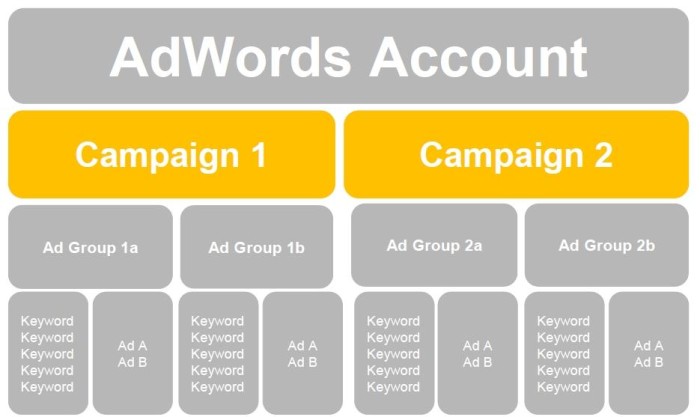
Keywords play a major role in creating a PPC Ad campaign with utmost relevance. Make sure you choose keywords after searching them extensively for high, prolific results
Filter out Misleading and Irrelevant Keywords
Filtering out keywords is an extensive process – you have to use keywords that are not only relevant to your brand, but also to your campaign and your target industry. Always remember, you’re trying to target quality leads instead of junk leads with your ad campaigns, which means that you want them to actionable notice as well.
Therefore, keeping this in mind, try to keep away from ‘cheap keywords’ that somehow, appear settling, but only attract junk leads. For instance, if you use Website Development Themes or Jobs instead of Services as mentioned above, you will deflect from the purpose of your ad campaign by creating opportunities that you aren’t offering.
You might get a click-through and a conversion in the form of a visitor right then and there, but then again, it won’t be as profound as those keywords that are relevant to your industry and business. If you’re not offering website development jobs and still use these keywords, then most of your traffic would be of those people who have no interest in your services. While they might still sign up for your emailing list in case of any future perceivable opportunity, the number of website visits and content engagement might be minimal to nothing.
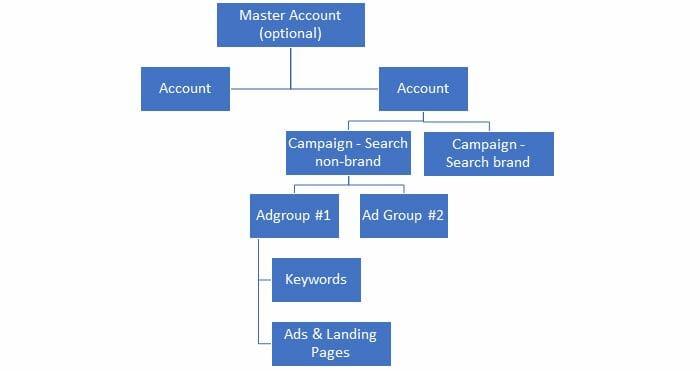
The basic hierarchy of a PPC Ad campaign explained
To use the most quality leads with your ad campaigns, consider the following three points for filtering out negative keywords:
- Make sure that you search extensively for related keywords, especially those that you have never used before in previous lead scoring ad campaigns
- Customize your ad campaigns in accordance with your landing pages and the keywords already present in their content.
- Use them frequently so that you can elevate your ad ranking position on Google by increasing your bids and the chances of getting discovered.
3) Optimize your Landing Pages
When a visitor lands on your webpages by clicking on your click, you’re not only increasing your click-through rate, but also paying for every lead generated. Instead of focusing on extracting contact information via surveys or forms for diverting poor-quality or junk leads, your ultimate goal should be to optimize your landing pages maximally.
- For garnering the attention of high-quality leads, try to optimize your landing pages in such a way that not only helps to revamp the content on your page with SEO-enriched headlines and multiple sub-headings such as H1, H2, and sub-titles as well.
- Moreover, try to adjust the URLs of your landing pages in correspondence to the parameters aimed towards the publication for your content.
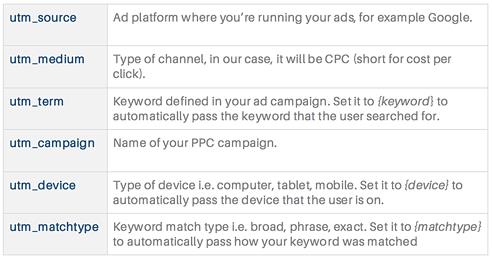
- Moreover, to encourage your visitors into converting, try to offer them with a coupon or promotional offer as soon as they visit your website from helping you up your click-through rate. Try not to motivate them to navigate to other landing pages, but instead, you can request them to sign up for your newsletter or email leads list through content-rich infographics, imagery, visuals, and referral coupons.
4) Run A/B Testing
Lastly, test your campaigns in the form of free trials or run a free demo after scheduling a specific period of time to garner your ad’s performance. You can also request your leads for running through free evaluations, consultations, and assessments to analyze your ad campaign’s performance within your niche industry and buyer personas.
- A/B testing will help you to assess the ad campaigns that are bringing the most revenue or helping to increase the ROI of your brand through impressive and qualitative lead generation and conversions.
- Test the performance of your ad campaigns in accordance with different parameters. Assess its performance on a global platform such as Google, and the channel serving as its medium. Also assess the relation of the remaining parameters to your ad campaign’s performance such as the type of keywords, and name of the campaign etc.
- From testing your ad copy with response to colors, headings, and placement of content to the Call-to-Actions (CTAs) leading to your website’s landing pages, also assess your form placements through a thorough A/B testing schedule.
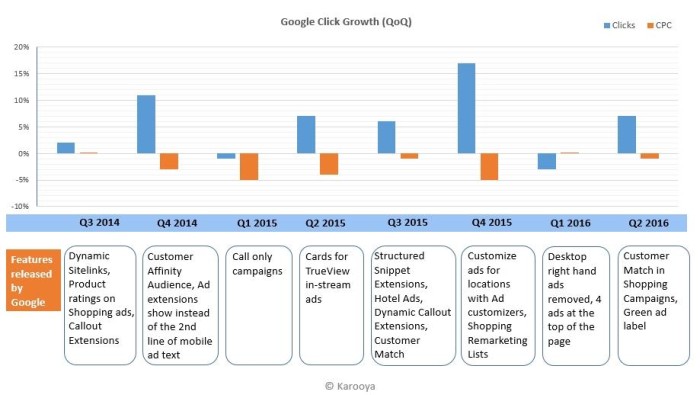 Shown above is a snippet extracted from Google’s Click and CPC Growth Timelines over the years. It depicts the types of ad campaigns that were made possible throughout these years with the help of features released per annum
Shown above is a snippet extracted from Google’s Click and CPC Growth Timelines over the years. It depicts the types of ad campaigns that were made possible throughout these years with the help of features released per annum
Create an ad schedule by dividing its run time into different segments such as during hours when your target audience is the most active on your highly populated social media channels. Optimize your ads for mobile users so that smart device users can access your website especially if they’re searching for your services on the go.
